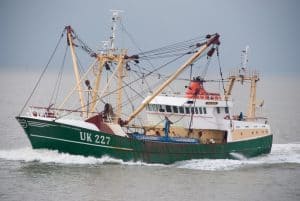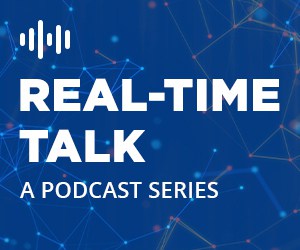
The benefit of data-driven decisions means that commercial fishing must move forward with the digital transformation of operations.
In yet another case of augmented intelligence revolutionizing an unexpected industry, commercial fishing is taking advantage of IoT and big data to solve some of its most challenging issues to date. Fishing is an industry famously difficult to police and regulate, but new initiatives from enterprises, research teams, and governing bodies are helping to create change for the better.
Following agricultural initiatives
The world of agriculture has taken advantage of big data initiatives designed to streamline production and reduce uncertainty. Commercial fishing experiences the same sort of uncertainty. Environmental sustainability adds growing pressure on large and small fishing operations to balance profit with responsibility — a concept some avoid through illegal practices or underreporting.
McKinsey’s recent report highlights the potential for big data in precision fishing, a sum of 11 billion dollars annually in potential savings for annual operating costs. Fisheries must catch up with agriculture and forestry to move forward in the new data-driven world.
See also: IBM On Board for Mayflower Autonomous Ship Project
How AI benefits commercial fishing
Compact, low-cost sensors and improving satellite capability combine to help bring new data initiatives to these remote locations. Along with drones, better mobile phone connectivity, and 5G access, commercial fishing operations can connect in remote areas with low latency. Fisheries can take advantage of this increase in data in a variety of ways:
- Collecting data allows better prediction for disruption – wind, temperature, sea ice, and more, fishing vessels can use extensive data to predict and plan for environmental disruption.
- Combining fishing experience with artificial intelligence helps streamline preparations and exploratory activities, such as the time boats spend looking for krill.
- Optimize the fishing process — using extensive data, captains can improve fuel efficiency, and supply chains can better predict availability, for example.
- Reduce fraud and improve safety — computer vision can help document catches, record boat activity, and streamline a number of reporting requirements that take captains and crew away from their duties.
- Vessel monitoring — Satellite imagery combined with sensor data can help determine when vessels are engaging in illegal activity, such as crossing over international lines or engaging in at-sea transshipments.
One of the biggest hopes for commercial fishing AI is the use of data to drive sustainability efforts and make regulation easier. Managing international waters and monitoring protected areas not only makes a sustainable fishing future possible. It could have long-term benefits for anyone relying on the fishing industry, including the food industry and tourism or production-related operations like shipping.
Protecting sea life and improving sustainability
The interconnected benefit of data-driven decisions means that fishing must move forward with the digital transformation of operations. The fishing industry and other related industries are counting on it.




























